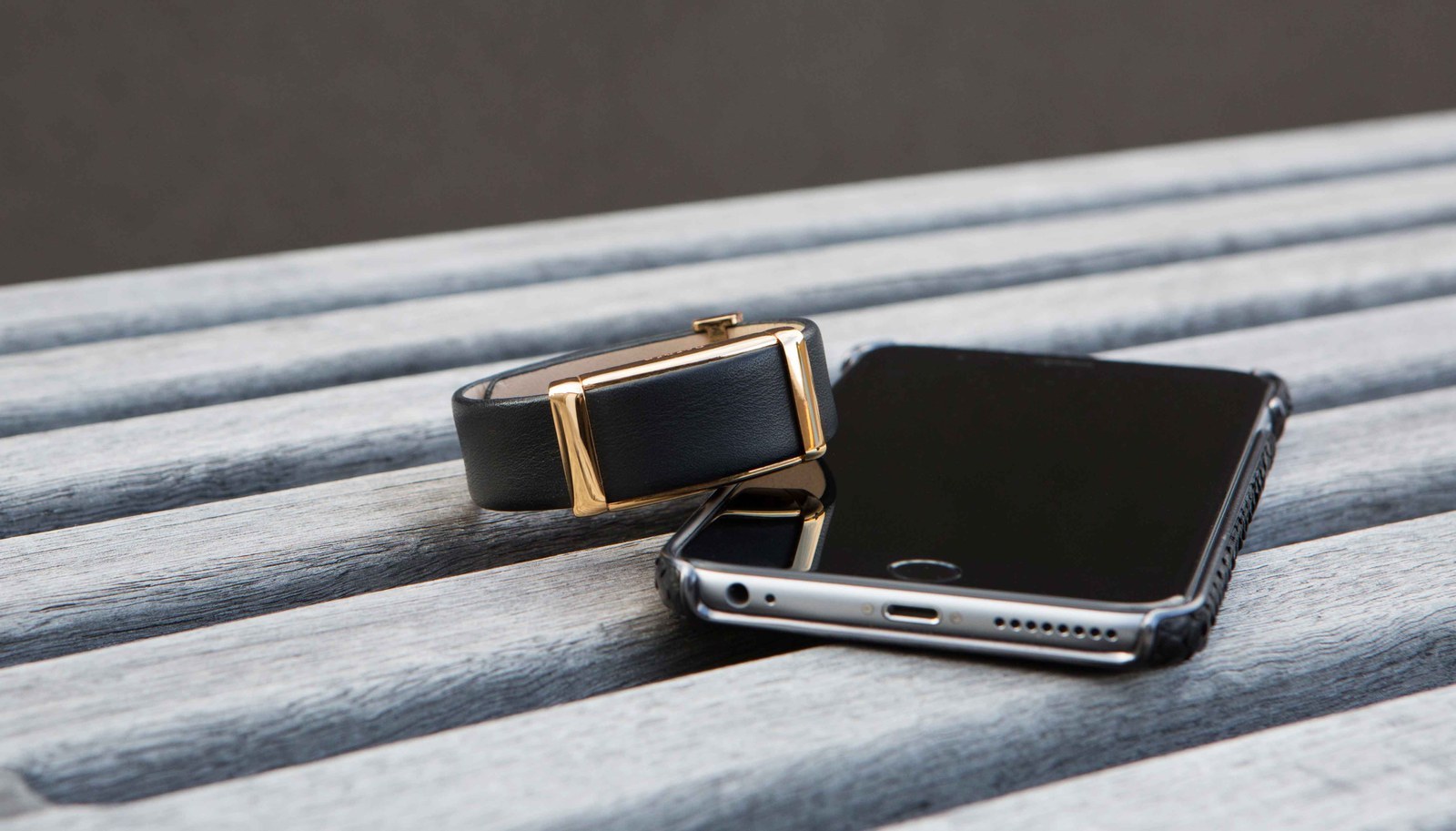
A somewhat curious premise unites a growing number of wireless devices. They don’t connect you to anything or anyone else. Rather, they promise to help you disconnect from it all: friends, strangers, news, work, stress, sadness. You’re supposed to wear these electronics on your body and let them listen to your brain signals, send low-level electric currents through your skull, or remind you to breathe. The supposed end result: You’ll feel calmer and more focused, their makers say.
The newest gadget to share this goal is Sona, a smart bracelet that’s available for preorder today from the New York startup Caeden. Caeden says Sona helps improve wearers’ focus and overall response to stress and anxiety by measuring and interpreting heart rate variability, or the time intervals between your heartbeats — a biometric whose role in health has become clearer after decades of research on people as different as Russian cosmonauts, high-performance athletes, and patients with asthma.
Over time, the corresponding app is designed to figure out what the wearer's heart rate variability is and should be. The app guides you through meditation exercises meant to even out your breathing and heart rate, which ideally strengthen your body’s automatic response to stress, and gives you personalized advice about your habits. “If you have a depressed heart rate variability that day, it could be due to being sick, you haven’t slept enough, your stress levels are high like chronic stress, or you’ve been over-training,” Caeden CEO Nora Levinson told BuzzFeed News.

Heart rate variability is closely related to the balance between the sympathetic nervous system — the “fight or flight” response that kicks up your heart rate in stressful situations — and the parasympathetic system, which slows the heart rate during relaxing moments. Having high heart rate variability is generally a sign of good heart health, because it signals that that both systems are strong. But heart rate variability can become low when the sympathetic system is too dominant, the parasympathetic too weak, or both.
The Sona — a slim, fashionable bracelet that comes in rose gold, gold, and black for $199 ( $129 during the pre-order) — measures heart rate variability (plus other metrics related to motion) with a degree of accuracy that’s within 3% of a regular test of heart rate activity, according to Caeden. It can track activity levels, like virtually all wearables do, but Levinson said her product is aimed at consumers who are more interested in dealing with stress and living a balanced life. During a test-run with a prototype Sona, I struggled to breathe as slowly as the app wanted me to — apparently I was stressed out that day — and while I can’t say I was instantly filled with zen, the experience did help me realize how often my breaths were short and jagged instead of full.

Caeden developed the Sona under the guidance of scientific advisers who are some of the field’s leading researchers: Evgeny Vaschillo of Rutgers University, and his wife, Dr. Bronya Vaschillo, who said said she hopes the Sona will open access to the treatment to all kinds of customers. “They don’t need to go to the doctor or have complicated equipment or tests,” she told BuzzFeed News.
Research about heart rate variability dates back as far as the 1960s, when scientists began studying it as a way to determine if Russian astronauts were fit to go into space. Studies have since suggested that heart rate variability biofeedback — the name for the technique for training people to change the variability and dominant rhythms of their heart activity — might improve athletic performance and help patients with asthma, depression, and even irritable bowel syndrome.
The Sona isn’t the only available wearable that measures heart rate variability; products from Polar also do so. But, Levinson says, those are intended for serious athletes; the Sona is less obtrusive and meant to be worn every day and forgotten (it lasts up to four days on a charge). We’re “building a product that doesn’t feel so gadget-y or medical so a broader swath of people would be more willing to wear it,” she said.
